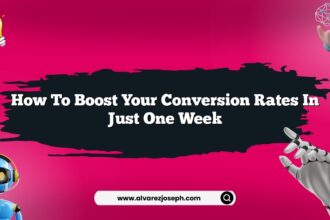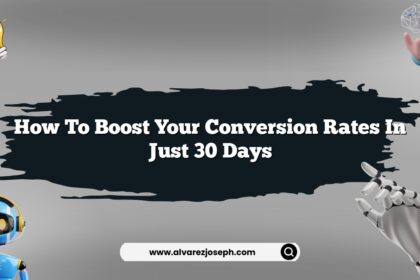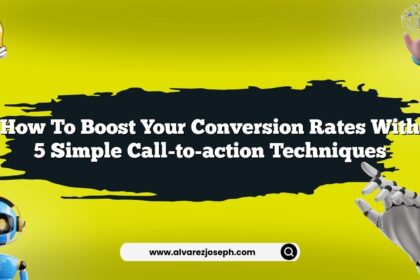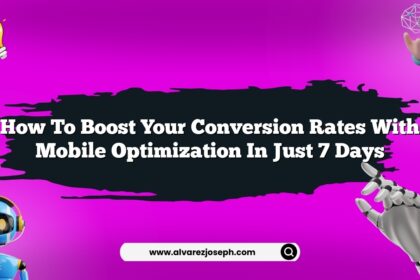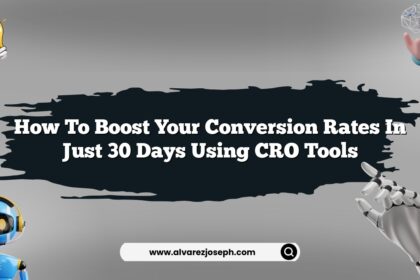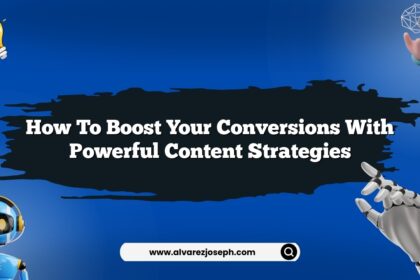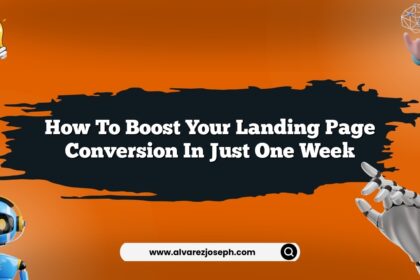Let’s not kid ourselves. If you’re not offering free trials, you’re missing out. Seriously, it’s like throwing away cash. I’ve seen businesses transform from barely scraping by to raking in the dough, all because they decided to let potential customers take a test drive. It’s wild how a simple strategy can change the game.
So, what’s the deal with free trials? They’re like the golden ticket to boosting your sales conversion rates. You might think, “What’s the catch?” Well, there really isn’t one. When people can experience a product without any commitment, they’re way more likely to convert into paying customers. It’s a no-brainer! In this article, I’m revealing exactly how you can leverage free trials to skyrocket your sales in just 30 days. Buckle up, because we’re diving deep!
Understanding the Free Trial Concept
Alright, let’s break this down. Free trials are like a sneak peek into your product. They let users dip their toes in the water before diving in. Imagine walking into a bakery, and the smell of fresh bread hits you. What if the baker offered you a free sample? Wouldn’t you be more likely to buy a loaf? Exactly. Free trials work the same way.
But here’s the kicker… not all free trials are created equal. Some are too short, some are loaded with restrictions, and others are just plain confusing. If you want to make this work, you gotta nail it.
Crafting the Perfect Free Trial Offer
Let’s see what makes a kick-ass free trial.
-
Length Matters: Keep it between 7 to 30 days. Too short? They won’t get enough time to see the value. Too long? They might forget about you. Find a balance.
-
No Credit Card Required: Seriously, if you ask for a credit card upfront, you’re killing the vibe. People are hesitant. Make it easy for them.
-
Clear Value Proposition: Don’t just say, “Try it for free.” Tell them exactly what they’ll benefit from! What’s in it for them?
-
Engaging Onboarding: First impressions are everything. Guide them through your product. Show them the ropes. Make it fun!
-
Follow-Up: This is crucial. After the trial, check in. Ask for feedback. If they loved it, remind them to subscribe. If not, find out why!
The Strategy: 30 Days to Success
Now that you know what makes a great free trial, let’s dig into how you can implement it in just 30 days. Here’s a roadmap to get you rolling:
Week 1: Research and Plan
- Identify Your Target Audience: Who do you want to attract?
- Analyze Competitors: What are they doing? What’s working for them?
- Define Your Offer: What’s your unique selling point?
- Set Up Metrics: Decide which metrics you’ll track. Conversion rates, engagement, feedback…
Week 2: Create Your Free Trial Funnel
- Landing Page: Design a killer landing page with a clear CTA.
- Email Automation: Set up automated emails for onboarding and follow-ups.
- Trial Activation: Make sure the sign-up process is seamless.
Week 3: Launch the Campaign
- Social Media Buzz: Create excitement on your platforms.
- Leverage Influencers: Get someone with a following to share your trial.
- Use Paid Ads: Invest a little in ads to attract attention.
Week 4: Analyze and Optimize
- Review Metrics: What’s working? What’s not?
- Tweak Your Approach: Based on feedback, adjust your offer or process.
- Re-engage Users: For those who didn’t convert, find out why. Offer them something special.
Why This Works: The Psychology Behind Free Trials
Here’s the secret sauce… it’s all about psychology. People hate to miss out. When they see a free trial, it clicks. They think, “What do I have to lose?” The answer? Nothing!
Also, commitment phobia is real. Folks are scared of locking into something they’re unsure about. Offering a trial takes that pressure off. It’s like saying, “Hey, we’re confident you’ll love this, so why not give it a shot?”
Real-Life Examples of Free Trial Success
I love sharing stories. They can inspire us to think differently.
Take Spotify, for instance. When they launched, they offered a 30-day free trial of their premium service. Guess what? Millions signed up. They engaged users with curated playlists and made the onboarding process smooth. The result? A huge chunk of those users became paying subscribers.
Another example is Canva. They let people play around with their design tools for free, and it’s pretty irresistible. The platform is user-friendly, and with a bit of encouragement, many users opt for the paid features.
These companies nailed the free trial concept, and it paid off big time.
Common Pitfalls to Avoid
Let’s not kid ourselves. Free trials can backfire if you mess them up. Here are a few things to watch out for:
- Confusing Terms: If your terms are too complicated, people will just bounce. Keep it simple.
- Lack of Support: If users get stuck and can’t find help, they’ll ditch you faster than a bad date.
- Ignoring Feedback: If someone tells you something’s off, listen! Ignoring feedback is a recipe for disaster.
Quick Summary
- Free trials are a powerful tool for boosting conversions.
- Keep trials between 7 to 30 days.
- No credit card needed upfront.
- Define a clear value proposition.
- A solid onboarding process is key.
- Follow up after the trial ends.
- Research your audience and competitors.
- Create engaging funnels and landing pages.
- Analyze metrics and optimize accordingly.
- Avoid common pitfalls like confusing terms.
Frequently Asked Questions
What’s the best duration for a free trial?
It really depends. Most successful trials range from 7 to 30 days. This gives users enough time to explore without forgetting about you.
Should I require credit card info for the trial?
Just… no. Don’t do it! It scares people off. They’re much more likely to sign up if there’s zero commitment upfront.
How can I track the success of my free trial?
Set metrics before launching. Track conversions, user engagement, and feedback. This will give you a solid idea of what’s working.
What if users don’t convert after the trial?
Follow up! Ask them for feedback. Maybe they didn’t see the value. Maybe they found it complicated. Use that info to improve.
How can I enhance the onboarding experience?
Use welcome emails to guide users through features. Create tutorials or videos. Make it interactive and engaging!
Are free trials suitable for every business?
Not necessarily. If your product is complex or requires significant commitment, free trials might not be the best approach. Always analyze your specific situation.
So, there you have it! Free trials can be a game-changer for your sales conversion rates. But remember, it’s all about execution. If you nail it, your business could see some serious growth. Now go out there and start your journey to success!




